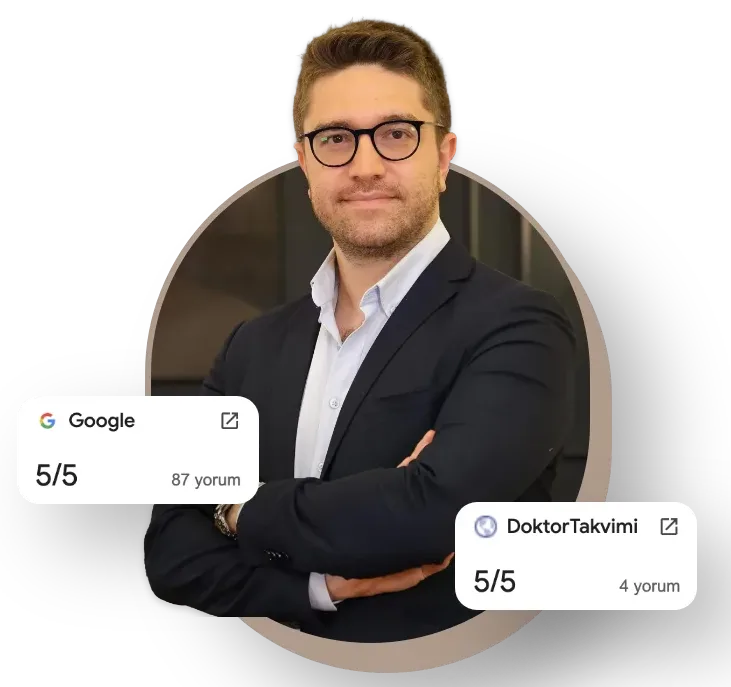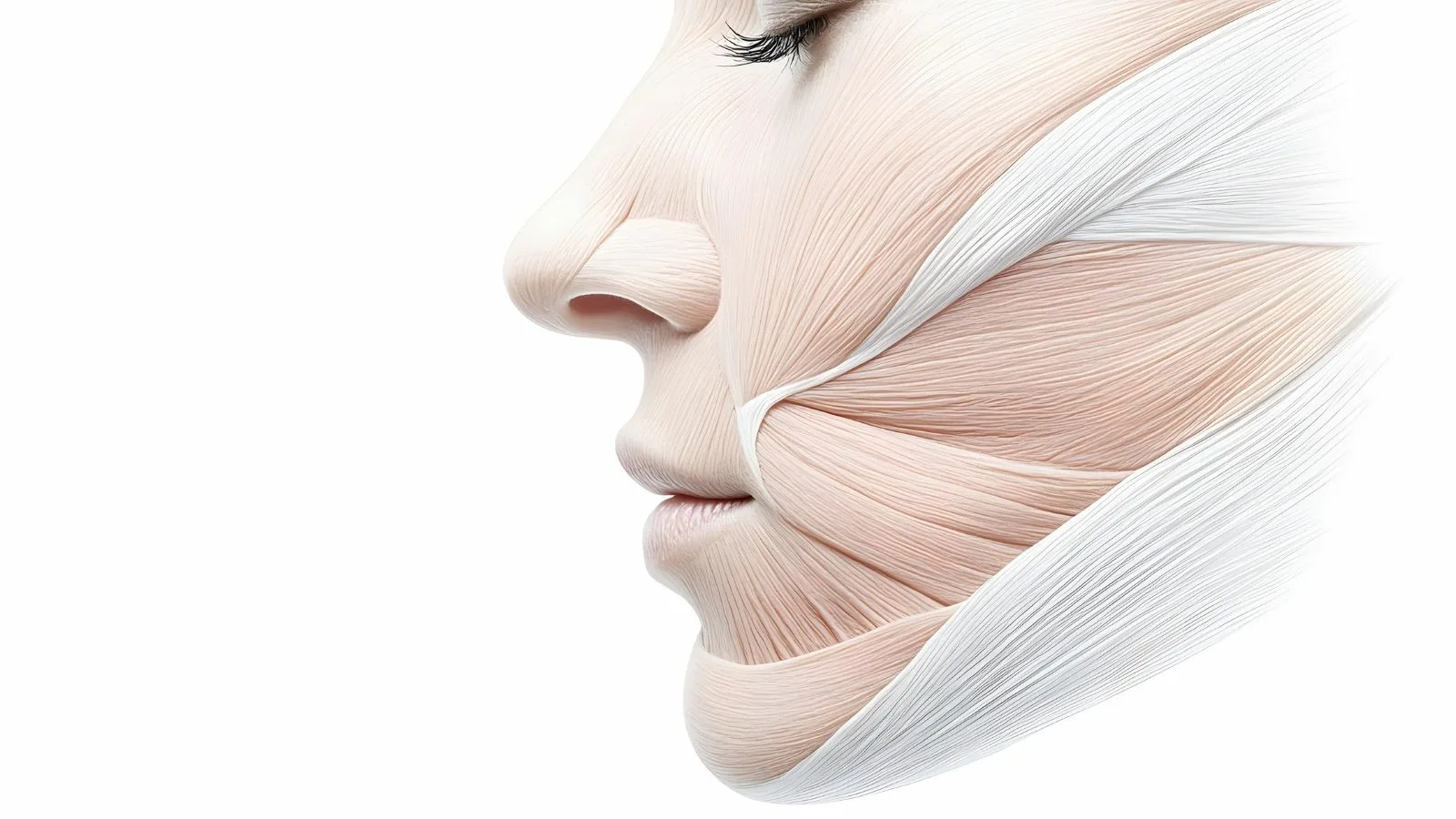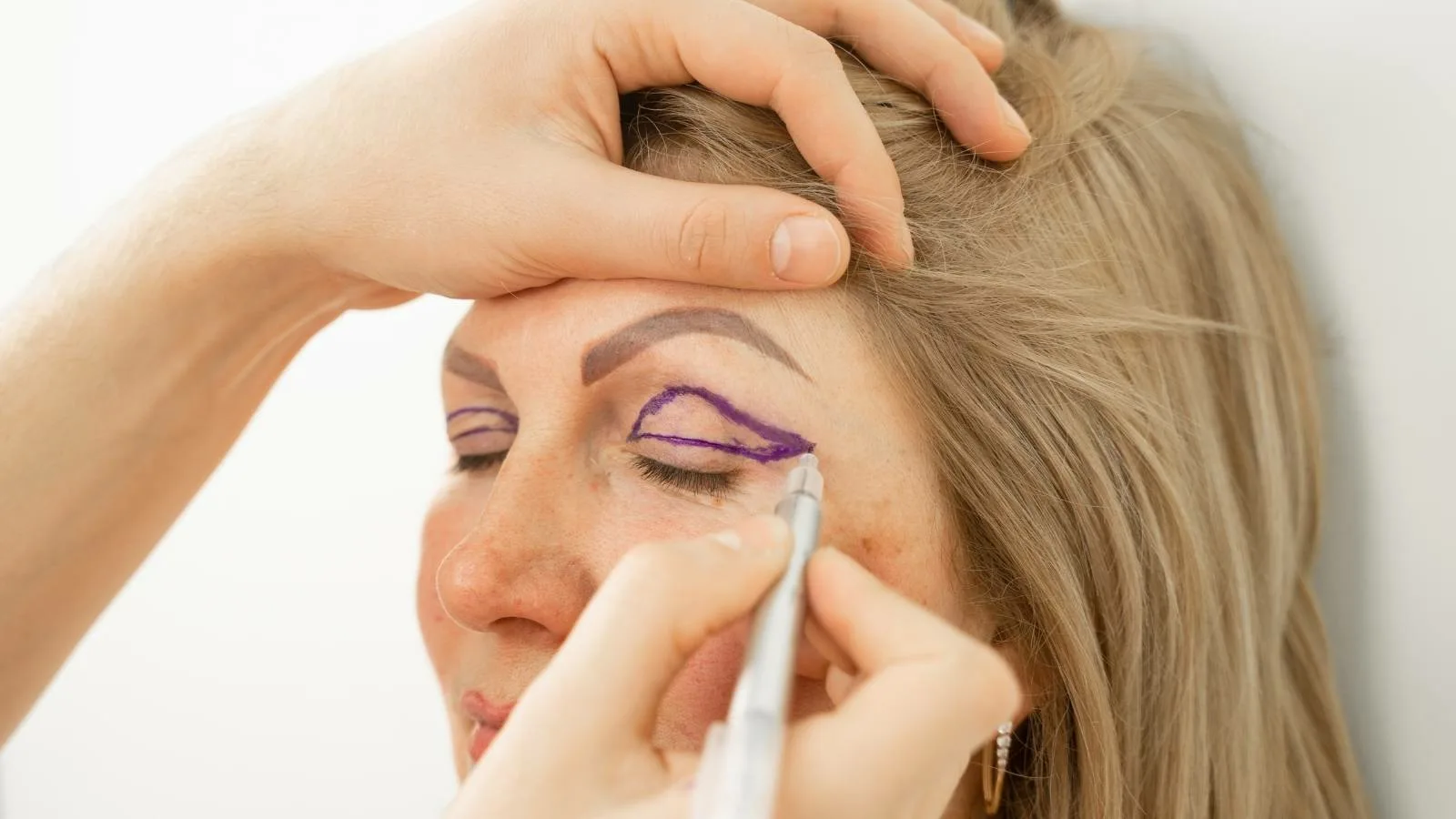In the United States, a breast lift is a popular cosmetic procedure often performed alone or combined with implants. With doubled pricing, the average cost ranges from $14,000 to $20,000 USD, depending on the complexity, surgeon’s experience, and clinic location. Premium practices in cities like Los Angeles, New York, and Houston may charge more, especially if the procedure involves extensive reshaping, internal suturing, or correction of asymmetry.
In the United Kingdom, private clinics typically charge between £10,000 and £16,000 for a breast lift. This price includes the surgeon’s fee, hospital stay, anesthesia, and routine follow-up care. Clinics in London or other metropolitan areas may offer bundled packages. The NHS rarely covers mastopexy unless there is documented medical necessity (e.g., post-mastectomy reconstruction or severe physical discomfort).
In Australia, breast lift costs in reputable clinics range from AUD 18,000 to AUD 28,000, particularly in Sydney, Brisbane, and Melbourne. Factors such as hospital facility fees, overnight stay, or combination with breast augmentation can drive the price higher. In Canada, the procedure typically costs between CAD 16,000 and CAD 24,000, with private clinics in Toronto, Vancouver, and Calgary offering a variety of techniques (anchor, lollipop, or crescent lift). Provincial healthcare does not cover cosmetic breast lifts.
How Do the Surgeon’s Experience and Expertise Affect the Cost of Breast Lift Surgery?
The surgeon’s experience and level of expertise play a decisive role in determining breast lift surgery costs. Experienced surgeons offer best practices throughout the entire process, not just during the operation, ensuring patient safety and satisfaction. Through extensive knowledge and technical skills developed over many years, they increase the likelihood of satisfactory aesthetic and functional outcomes while minimizing the risk of complications.
The surgeon’s educational background, participation in advanced courses, certifications, and professional experience are also key factors influencing pricing. For example, a surgeon who has received prestigious training in aesthetic surgery and holds internationally recognized certifications generally commands a higher fee. This not only reflects the surgeon’s knowledge and competence but also the degree of reliability patients can expect.
Furthermore, the surgeon’s area of specialization and reputation within the aesthetic surgery community can significantly impact costs. For example, a surgeon with published scientific research or who is invited as a speaker at international conferences may charge more. All these factors represent not merely a price tag but also offer assurance regarding the surgical outcomes.
How Do the Clinic’s or Hospital’s Location and Facilities Affect Breast Lift Surgery Fees?
The location and facilities of the clinic or hospital are among the elements that significantly influence the cost of a breast lift. The economic environment of the region where the healthcare facility is based has a direct impact on surgery prices. Clinics in major cities generally charge higher fees compared to those in rural areas due to higher rent, operating costs, and greater demand. The elevated cost of living in metropolitan regions is reflected in healthcare service prices in these areas.
The clinic or hospital’s technological infrastructure also plays an essential role in determining the quality and cost of the surgery. Centers equipped with modern and advanced devices can offer safer, more effective procedures. For instance, facilities utilizing minimally invasive surgical techniques or robotic systems incorporate the cost of these technologies into their service fees. Although this increases prices, it also enhances the safety of the operation.
Accreditation is an indicator that a healthcare facility meets quality and safety standards. Hospitals with national or international accreditations provide high standards of patient care, which can, in turn, lead to increased service costs. Additionally, the expertise and educational level of the healthcare staff directly influence surgical fees. A specialized team improves patient satisfaction and the success of the operation, but these qualifications are reflected in the price of the service.
How Do the Techniques and Methods Used Shape Breast Lift Surgery Prices?
Breast lift surgery costs vary widely according to the range of techniques and methods employed. The choice of technique during the planning phase determines the duration, scope, and equipment needed for the operation, thereby playing a key role in shaping the cost. Factors that influence the price include the mastopexy type, incision method, and additional procedures.
The main mastopexy types are simple (donut), vertical (lollipop), and inverted-T (anchor). Simple mastopexy involves minimal skin removal and is usually quicker, so it often costs less. The vertical mastopexy requires more extensive skin removal and surgical skill, thus increasing the cost. The inverted-T mastopexy is the most comprehensive method, typically involving the highest cost because it prolongs the operation time and requires more tissue removal.
Incision methods are another factor affecting price. A periareolar incision (around the areola) leaves minimal scarring and usually has a lower cost. However, vertical or inverted-T incisions cover a larger area and provide a more thorough correction, raising the overall cost.
Additional procedures may include implant placement or fat injections. These extra applications extend the surgical duration and raise expenses accordingly.
How Do the Anesthesia Type and the Role of the Anesthesiologist Reflect in Breast Lift Surgery Costs?
The type of anesthesia used in breast lift surgery and the proficiency of the anesthesiologist managing the process greatly influence both the safety and the outcome of the operation, as well as the overall cost. General anesthesia, most commonly chosen for this procedure, leaves the patient fully unconscious and pain-free. This approach requires advanced anesthesia equipment and continuous monitoring by an experienced anesthesiologist. As a result, general anesthesia applications demand greater expertise and resources, thereby increasing costs.
In some situations, local anesthesia or sedation may be used. Local anesthesia numbs only the surgical area, generally at a lower cost. However, it often proves insufficient for extensive or prolonged procedures like a breast lift. Sedation relaxes the patient with partial loss of consciousness, yet it still requires continuous oversight by an anesthesiologist.
The anesthesiologist’s experience, along with the selection of medications and techniques, is critical for patient comfort and minimizing complications. An experienced anesthesiologist reduces risks and optimizes anesthesia management. This level of skill directly influences the procedure’s overall cost. Additionally, the sophistication of the monitoring devices, the quality of consumables, and the medications used throughout the anesthesia process all play a pivotal role in determining the total expense.
How Do Postoperative Care and Follow-Up Services Affect Breast Lift Surgery Fees?
The success of a breast lift procedure and patient satisfaction largely depend on postoperative care and follow-up. The scope and quality of these services are key factors determining the overall treatment cost. During recovery, effectively managing infection control, overseeing wound healing, and preventing possible complications are all critical for a smooth healing process.
In this phase, the use of specialized dressings, antibiotic therapies, and regular check-up visits can increase the cost of postoperative care. However, these expenses often yield long-term benefits for both health and cost management by helping to avert serious complications.
Follow-up services systematically track the patient’s recovery and detect potential issues early. Regular post-op check-up appointments, imaging tests when necessary, and laboratory analyses may lead to additional costs. Nevertheless, they are crucial for preventing serious complications and expediting the recovery period.
Complications that arise after surgery may necessitate additional treatment and interventions. This can extend hospital stays, require a second surgical procedure, or result in intensive medication regimens, all contributing to extra expenses.

Op. Dr. Erman Ak is an internationally experienced specialist known for facial, breast, and body contouring surgeries in the field of aesthetic surgery. With his natural result–oriented surgical philosophy, modern techniques, and artistic vision, he is among the leading names in aesthetic surgery in Türkiye. A graduate of Hacettepe University Faculty of Medicine, Dr. Ak completed his residency at the Istanbul University Çapa Faculty of Medicine, Department of Plastic, Reconstructive and Aesthetic Surgery.
During his training, he received advanced microsurgery education from Prof. Dr. Fu Chan Wei at the Taiwan Chang Gung Memorial Hospital and was awarded the European Aesthetic Plastic Surgery Qualification by the European Board of Plastic Surgery (EBOPRAS). He also conducted advanced studies on facial and breast aesthetics as an ISAPS fellow at the Villa Bella Clinic (Italy) with Prof. Dr. Giovanni and Chiara Botti.
Op. Dr. Erman Ak approaches aesthetic surgery as a personalized art, tailoring each patient’s treatment according to facial proportions, skin structure, and natural aesthetic harmony. His expertise includes deep-plane face and neck lift, lip lift, buccal fat removal (bichectomy), breast augmentation and lifting, abdominoplasty, liposuction, BBL, and mommy makeover. He currently provides safe, natural, and holistic aesthetic treatments using modern techniques in his private clinic in Istanbul.









